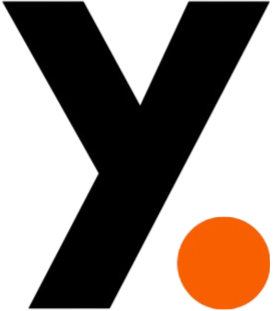
CON Loan Guide
🏠 What is a Conventional Loan?
A Conventional loan is a mortgage that is not backed by a government agency (like FHA or VA). It’s offered by private lenders (banks, credit unions, mortgage companies) and typically conforms to the loan limits set by Fannie Mae and Freddie Mac, the two government-sponsored enterprises (GSEs).
Conforming Conventional Loans meet GSE requirements.
Non-Conforming (Jumbo) Loans exceed limits and have stricter terms.
🔑 Key Features of Conventional Loans
| Feature | Details |
|---|---|
| Down Payment | As low as 3% (for first-time buyers) |
| Credit Score | Minimum 620, better rates for 740+ |
| Debt-to-Income (DTI) Ratio | Generally up to 43%, can go to 49% with strong credit |
| Loan Limits (2025) | Up to $766,550 (standard); $1,149,825 (high-cost areas) |
| Private Mortgage Insurance (PMI) | Required if down payment < 20%; can be removed later |
| Occupancy | Can be primary, second home, or investment property |
| Eligible Properties | Single-family, condos, multi-units, second homes, investment properties |
📝 Conventional Loan Process (Step-by-Step)
- Pre-approval: Submit income, credit, and asset info to get a pre-approval letter.
- Home Search: Find a home within your price range.
- Make Offer: Include your pre-approval and terms.
- Appraisal & Inspection: Lender orders appraisal, and you may do an inspection.
- Underwriting: Lender reviews all documentation and risks.
- Clear to Close: Final approval issued.
- Closing: Sign documents, pay closing costs, get the keys.
✅ Advantages of Conventional Loans
| Advantage | Details |
|---|---|
| Low Down Payment Options | As low as 3% for first-time buyers (HomeReady/HomePossible) |
| No Upfront Mortgage Insurance | Unlike FHA’s 1.75% MIP |
| PMI Can Be Cancelled | Once you reach 20% equity, PMI can be removed |
| Wide Property Use | Eligible for primary, secondary, and investment properties |
| Flexible Loan Amounts | Jumbo loans available if you exceed conforming limits |
| Competitive Interest Rates | Especially for borrowers with strong credit |
❌ Disadvantages of Conventional Loans
| Disadvantage | Details |
|---|---|
| Stricter Credit Requirements | Minimum 620; best rates only for 740+ credit scores |
| Higher Down Payment for Investment | 15%–25% down for second homes/investments |
| PMI if <20% Down | Monthly cost added until you reach 20% equity |
| Harder Approval with Weak Finances | Not ideal if you have low income or credit issues |
| Tougher DTI Limits | Usually capped at 43%–45% |
💡 What is PMI (Private Mortgage Insurance)?
- Required if your down payment is less than 20%
- Protects the lender (not you) in case of default
- Cost: Typically 0.3% – 1.5% of loan annually, based on credit/down payment
- Cancellation: Can be dropped when you reach 20% equity
- Not required with 20%+ down payment
🏦 FHA vs Conventional Loans: Comparison Table
| Feature | FHA Loan | Conventional Loan |
|---|---|---|
| Minimum Credit Score | 500–579 (10% down), 580+ (3.5% down) | 620+ |
| Minimum Down Payment | 3.5% | 3%–5% |
| Mortgage Insurance | Upfront (1.75%) + annual MIP (can’t cancel) | PMI (can cancel at 20% equity) |
| DTI Limit | Up to 50% | Usually ≤43–45% |
| Loan Limits | Lower limits based on county | Higher conforming or jumbo available |
| Property Type | Primary residence only | Primary, second, or investment |
| Appraisal | Strict HUD standards | Standard appraisal (less strict) |
| Best for | Low credit, first-time buyers | Strong credit, flexible use, no MIP |
📋 Who Should Consider a Conventional Loan?
✅ You have a credit score of 680+
✅ You want to avoid long-term mortgage insurance
✅ You’re buying an investment or second home
✅ You have a larger down payment
✅ You plan to stay long-term and want lower long-term costs

